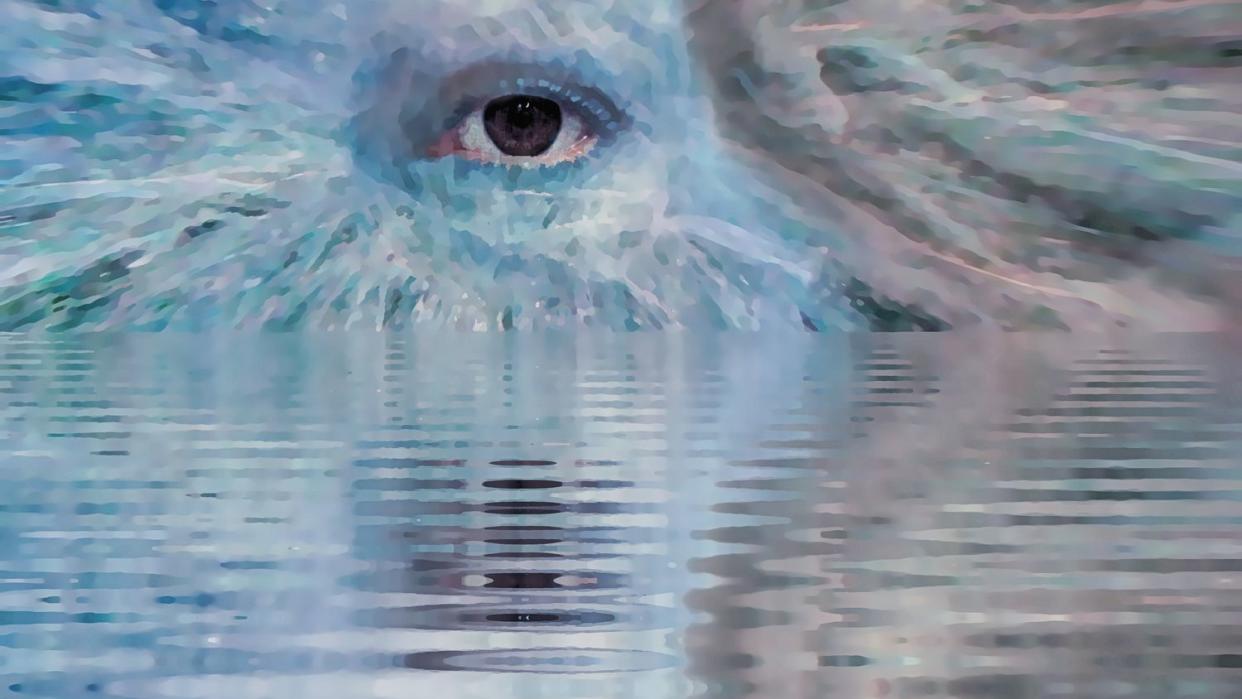Scientists Say Our Universe Might Be a Hall of Mirrors

Scientists are relatively certain that the observable universe is relatively flat, but in terms of the cosmos’s global topography, uncertainty reigns.
A new study from an international scientific collaboration discovered that Cosmic Microwave Background data didn’t rule out some exotic topological shapes, including a shape known as 3-torus.
While 3-torus—and its included extensions—are relatively simple structures, more complex euclidean topologies are likely possible as well.
Understanding the shape of the universe is notoriously difficult. When it comes to local geometry, scientists are relatively certain that the observable universe is flat—or, at least nearly flat. But experts are far less certain of the universe’s overall global topology, and to this day, we still don't know for sure if the universe is infinite or finite, taking on a torus (a.k.a. donut) shape during the quantum processes of the Big Bang.
To explore this long-standing mystery, an international team of scientists formed a group known as the Collaboration for Observations, Models and Predictions of Anomalies and Cosmic Topology (COMPACT) to examine the potential shape of the universe by reanalyzing the Cosmic Microwave Background (CMB) data.
Previously, scientists thought this data proved unpromising for “exotic” topologies, but the first paper by this collaboration—published in the journal Physical Review Letters—challenges this idea. It suggests that the CMB actually supports relatively simple euclidean (a.k.a. flat) topologies, suggesting that even more complex structures are possible.
“While unambiguous indicators of topology have yet to be detected, we present evidence that prior searches for topology have far from exhausted the potentially significant possibilities,” COMPACT researchers wrote in the study. “Much more can be done to discover, or constrain, the topology of space.”
Exploring this global topology is crucial to understanding the universe. A finite shape, such as a torus, could cause illusions wherein telescopes could be viewing the same space of the universe but at different points in the sky, creating a kind of “hall of mirrors.” While no observable evidence points to such an illusion, that could just mean the necessary light hasn’t had enough time to reach us, meaning it’s beyond the CMD horizon.
Instead of considering all 18 mathematically possible topologies, according to an accompanying article by the American Physical Society (APS), the paper explores a shape known as the 3-Torus (E1), along with two of its extensions (E2 and E3). The paper concludes that that the first shape, E1, can be ruled out when analyzing CMB data (if it’s within the horizon, that is).
However, E2 and E3—topologies that apply 180-degree and 90-degree twists to E1, respectively—could theoretically still be explained with CMB data. According to the APS article, “a region of the universe viewed through a twisted closed loop would produce two views of itself that would be different but would remain correlated.” Both E2 and E3 are relatively simple structures that can’t be explained away by observable data, so it’s very possible that even more complex topologies could also be viable candidates.
Eventually, stating that we live in one topological universe as opposed to another will require some sort of observational evidence. So, the team said it’s now looking into ways to discover a kind of “topological fingerprint” in CMB data to support certain theories.
Figuring out the universe’s shape is beginning to... well... take shape.
You Might Also Like

